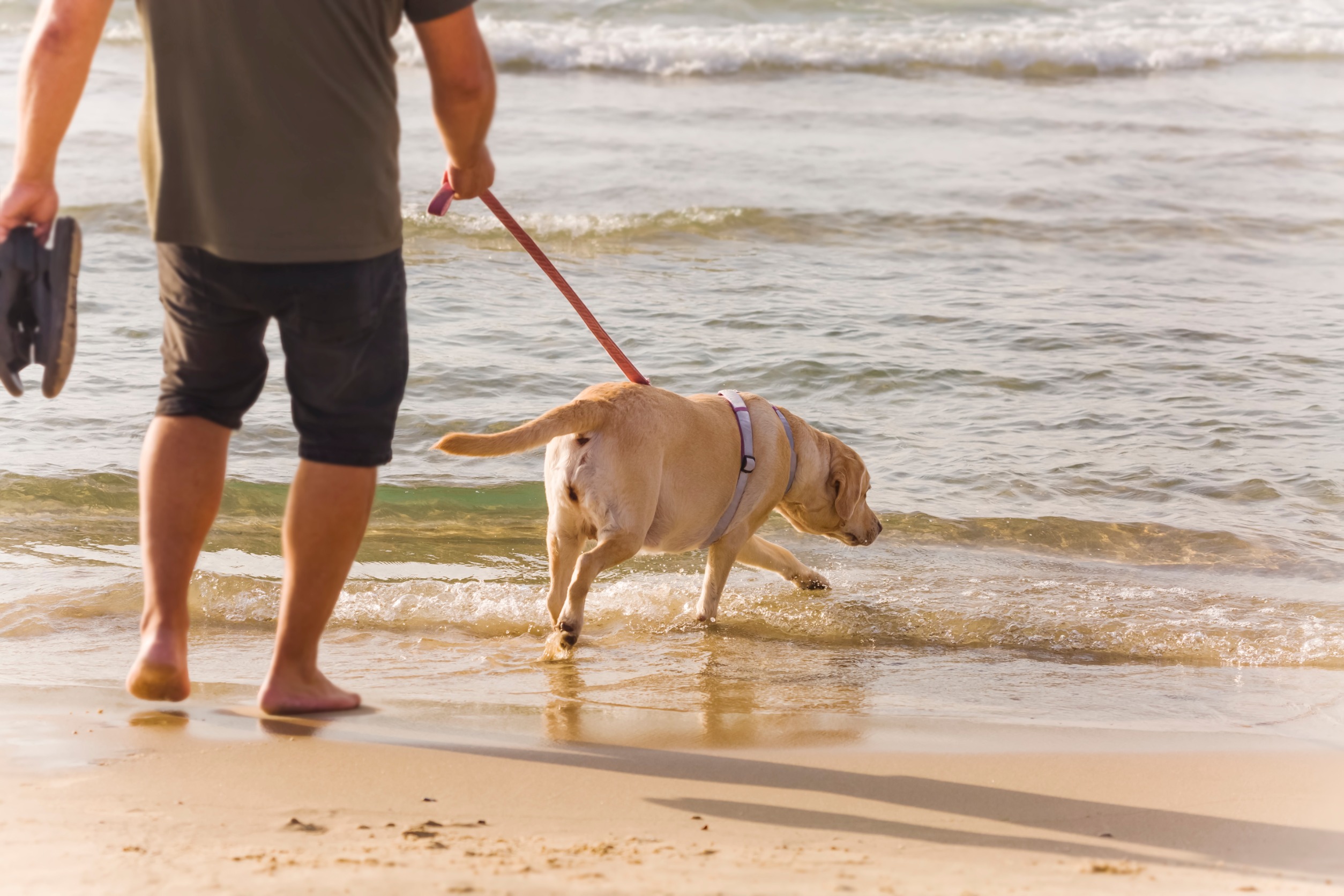BY THE OPTIMIST DAILY EDITORIAL TEAM
When the summer heat approaches, it’s easy to forget that our pets feel it as well, especially via their sensitive paws. Imagine walking barefoot on a sweltering sidewalk—this is what your dog goes through during these summer months! Protecting your dog’s paws against burns and pain is absolutely necessary. Here are some excellent techniques to help your dog enjoy the season safely and happily.
Adjust your walking schedule
Summer treks need careful planning and timing. The Humane Society of the United States recommends walking your dog in the early morning or late evening. During these hours, the pavement is cooler, which reduces the likelihood of paw pad burns. Midday walks should be avoided when temperatures are high and surfaces are at their warmest.
Get off the concrete
Whenever possible, choose grass or dirt walkways over concrete or asphalt. These natural surfaces are cooler and kinder to your dog’s paws. This not only helps to prevent burns but also makes the walk more enjoyable for your furry friend.
Try it for yourself
Before taking your dog outside, run a simple test to determine the surface temperature. Press the back of your hand against the pavement for seven to ten seconds. If it’s too hot for your hands, it’s certainly too hot for your dog’s paws. The Humane Society of Charlotte emphasizes the importance of performing a quick check to verify that your pet is on safe footing.
Cover-up
Protective booties or paw wax might be lifesavers in the summer. Booties create a physical barrier between your dog’s feet and the heated earth, whereas paw wax protects against heat and rough surfaces. Both options help to avoid burns and other harm.
Build-up some calluses
Gradually developing calluses on your dog’s paw pads can also be beneficial. The Oregon Humane Society recommends walking your dog on the pavement during the cooler hours of the day. This helps to strengthen their pads, making them more resistant to heat and mild abrasions.
Be cautious at the beach
Sand can get as hot as pavement, therefore the same precautions apply. Before allowing your dog to walk on the sand, conduct a hand test to make sure it’s at a safe temperature. Additionally, your dog’s paws may become more sensitive after being in the water. After beach trips, always clean their feet with cool water and check their pads for any symptoms of inflammation.
What to look for
Even with protection, it is critical to periodically inspect your dog’s paws for symptoms of burns or injuries, particularly after walks. Symptoms of burned paw pads include:
- limping or refusing to walk
- licking or chewing on the feet
- darker-colored pads
- blisters, sores, or redness on the paw
- missing paw pad parts
Immediate treatment for burned paws
If you think your dog has burned their paw pads, follow the instructions outlined by the Oregon Humane Society:
1. Move to a cool area
Take your dog to a grassy or shaded area to avoid further harm.
2. Rinse with cool water
Immediately rinse their paws with cool water to relieve the burns.
3. Use antibacterial cream
Gently apply an antibacterial cream or liquid to the affected regions.
4. Prevent licking
Stop your dog from licking their paws to avoid infection.
5. Bandage minor burns
Apply antibiotic ointment to minor burns and loosely bandage the paws.
6. Consult a vet for serious burns
For more severe burns, consult your vet right away to avoid infection and for correct treatment.
Summer should be a time to have fun and relax with your dog. By taking these steps and monitoring your pet’s paw health, you may avoid unpleasant burns and keep your dog happy and active throughout the season. Remember that a little additional care can go a long way toward ensuring that your pet enjoys the summer as much as you do.











